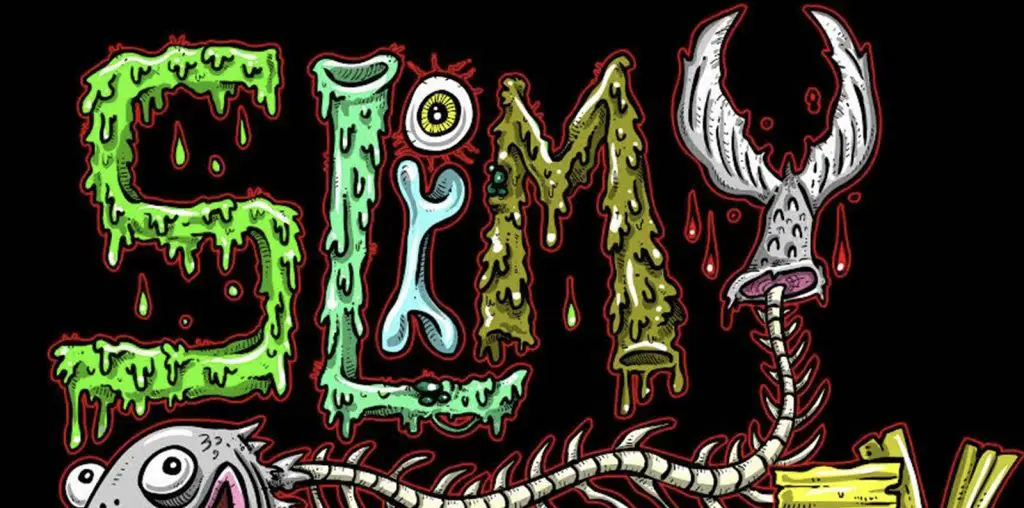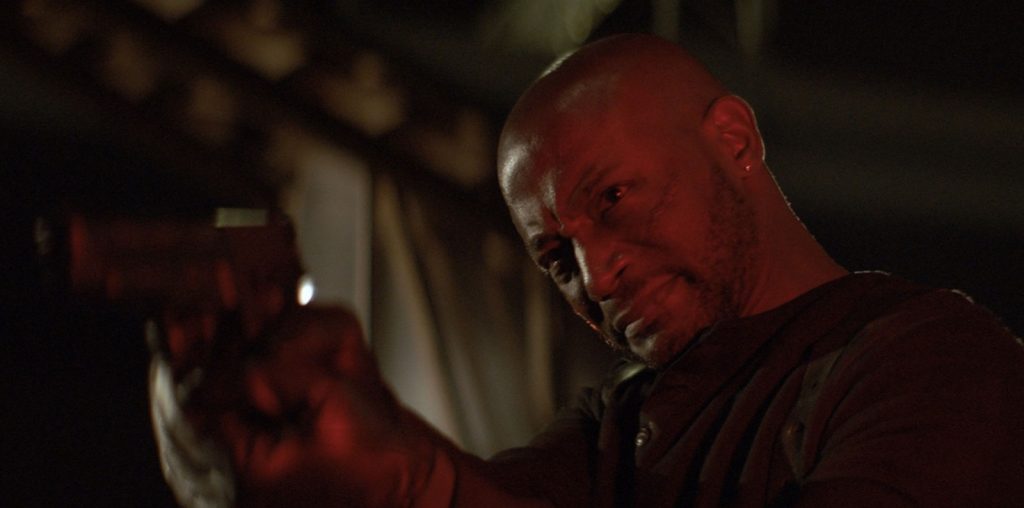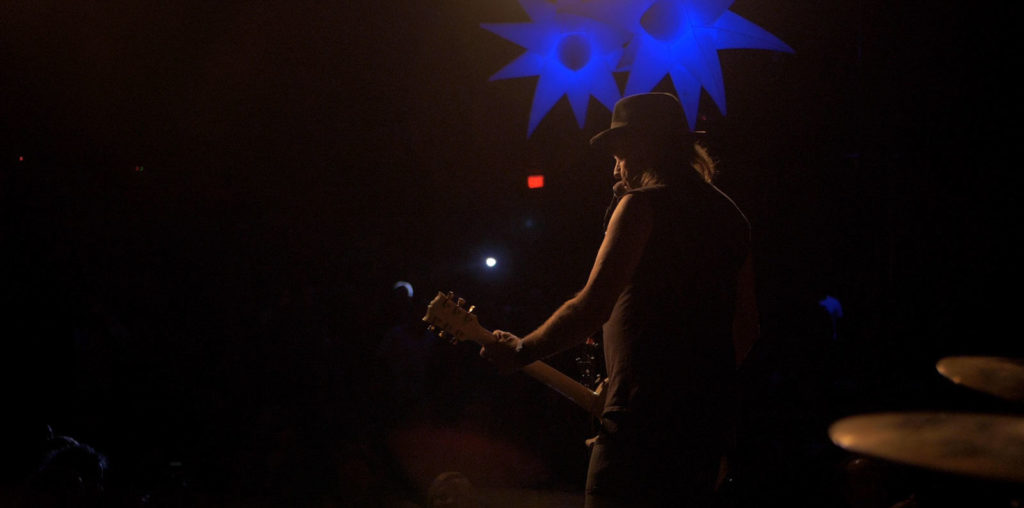
BOOTLEG FILES 509: “Macbeth” (1960 film starring Maurice Evans and Judith Anderson).
LAST SEEN: We cannot confirm the last public exhibition of this film.
AMERICAN HOME VIDEO: None.
REASON FOR BOOTLEG STATUS: It is unclear why this film is not available for commercial distribution.
CHANCES OF SEEING A COMMERCIAL DVD RELEASE: It is possible, although its absence is no great tragedy.
In November 1954, the “Hallmark Hall of Fame” TV series presented a live broadcast of “Macbeth” starring two of the greatest theater stars of the era, Maurice Evans and Judith Anderson. The program was presented in a color telecast, which was unusual because relatively few color TV sets were available at the time.
Despite some rather liberal editing to the Shakespeare text in order to accommodate a two-hour broadcast on NBC, the offering was viewed as a prestige production. For years, it was considered to be among the highlights in the “Hallmark Hall of Fame” series. (The original color version is lost; the program has been preserved on a somewhat grainy black-and-white kinescope.)
George Schaefer, the director of this production, decided to revisit “Macbeth” six years later. But rather than offer another live one-shot telecast, Schaefer decided to remake “Macbeth” as a film. And instead of keeping the production in the tight confines of a studio, he would take his production to Scotland for authentic on-location sequences.
Schaefer also managed to sign Evans and Anderson to recreate their roles of Macbeth and Lady Macbeth, with the remainder of the cast was culled from the British theater. And to ensure the highest visual quality, Schaefer secured a budget that enabled him to shoot “Macbeth” in Technicolor.
In concept, Schaefer had all of the right ingredients in place. However, the resulting film version of “Macbeth” turned out to be a dud.
What went wrong? For starters, Schaefer failed to take full advantage of the cinematic format. The Scottish locations were barely used in the film, with much of the action taking place in cheap-looking studio settings. This is especially obvious in the opening with the Three Witches, where the forest looks like it was made from cardboard cut-outs. The few exterior scenes were so nondescript that “Macbeth” could have easily been shot at any location, and the battle sequence in the opening credits was staged with a handful of extras clumsily whacking each other.
Schaefer also opted for theatrical make-up, with his cast buried under some fairly obvious wigs and beards. This was particularly obvious on Evans, who was made-up with such excessive hirsute styling that he could have been mistaken for Santa Claus’ younger brother.
Strangely, the key selling points of the film – the reunion of Evans and Anderson – also turned out to be the main problem. Evans was 59 and Anderson was 61 at the time, and their lack of youth was more than obvious in their performances. Anderson was particularly ill-cast, as her scheming Lady Macbeth came across as a tired old woman – when she clutches her breasts and mechanically declares “Unsex me here,” it is difficult not to snicker at her.
For his part, Evans seems to be out of touch with his surroundings. As Macbeth falls deeper and deeper into a self-made hell of bloodshed and treachery, the indifferent Evans fails to provide evidence that he is cognizant of the story. It isn’t until the murder of Duncan that Evans’ Macbeth finally breaks from his somnambulist behavior and attempts to create something resembling genuine emotion – but his actions are ultimately so polite that he throws the drama off-kilter.
The bad acting from the leads is peculiar, considering that both stars had played these roles in earlier versions (not just on the 1954 “Hallmark Hall of Fame,” but also on stage and in recordings). Perhaps they became bored by having to do the old roles one more time? Or maybe Schaefer felt that their star power was enough of a selling point that he didn’t bother to plumb their emotions and unleash the fury of the Shakespearean creations? In any event, they were the most boring Macbeth and Lady Macbeth imaginable.
With two voids at the head of the cast, “Macbeth” manages to generate some degree of electricity in its supporting cast. Back in 1960, many of the actors in the film were unknown to American audiences, and this film offered them the chance to make a grand first impression. The most notable actors of this bunch are Michael Hordern as Banquo, Ian Bannen as Macduff and Jeremy Brett as Malcolm – these three men gave highly satisfactory performances here and would use this experience to pursue highly successful careers in film and television.
But the best performance here came from George Rose, whose brief appearance as the Porter jolted “Macbeth” into something of value. Rose was the only cast member that managed to get an authentic Scottish accent (everyone else kept their posh English voices), and he turned the Porter’s comic relief turn into a wonderfully exhilarating tribute to the barely concealed anger of the overworked poor. Unlike his co-stars, Rose would only become an occasional visitor to the screen – he was best known as Walter Matthau’s too-patient valet in “A New Leaf” and the wacky Major General Stanley in “The Pirates of Penzance” – and instead concentrated on theatrical work.
“Macbeth” premiered on “Hallmark Hall of Fame” in November 1960. Evans, Anderson and Schaefer won Emmy Awards for their work, while the film won the Emmy for Program of the Year and Outstanding Program Achievement in Drama (the latter category included “Twilight Zone” and “The Untouchables” among the other nominees). The film was then packaged for theatrical release in other countries, with additional footage added to pad the release further. (As with the 1954 broadcast, the text for this “Macbeth” was cut down in order to accommodate a two-hour NBC time slot.) Beginning in 1961 with a screening at the Berlin International Film Festival, the film was shown in cinemas across Europe. In 1963, “Macbeth” returned to the U.S. for a limited theatrical release.
Over the years, the film’s reputation suffered. Neil Sinyard, in his recent book “Filming Literature: The Art of Screen Adaptation,” dismissed the production as a “cheap, quickie production … totally devoid of originality, imagination and spectacle.” In the 2010 book “Shakespeare in the Media,” Professor Russell Jackson of the University of Birmingham cited this version as being the “least interesting” film adaptation of “Macbeth,” adding that “no one ever talks about it now.”
Indeed, the film fell into such deep obscurity that it was never released in any commercial entertainment format. I was able to view the film via a bootleg DVD made from a badly scratched and faded 16mm print. I have no idea why this film is still out of circulation, especially since the 1954 live TV version is on DVD.
Still, considering the less than remarkable quality of “Macbeth,” perhaps its absence is not such a bad thing.
IMPORTANT NOTICE: The unauthorized duplication and distribution of copyright-protected material, either for crass commercial purposes or profit-free s***s and giggles, is not something that the entertainment industry appreciates. On occasion, law enforcement personnel boost their arrest quotas by collaring cheery cinephiles engaged in such activities. So if you are going to copy and distribute bootleg material, a word to the wise: don’t get caught. Oddly, the purchase and ownership of bootleg DVDs is perfectly legal. Go figure!



Thank you for your most interesting information! Where can one purchase the DVD of the 1954 live TV version of Macbeth? And is it of reasonably good visual quality? Thank you.
Nice username ‘vampiredanceparty’!
Could you please do one on the recently released (via YouTube) Director’s Cut of Dark Crystal? It’s absolutely brilliant. And, I believe a ‘bootleg’ as it was fan made over 3 years. Cheers!